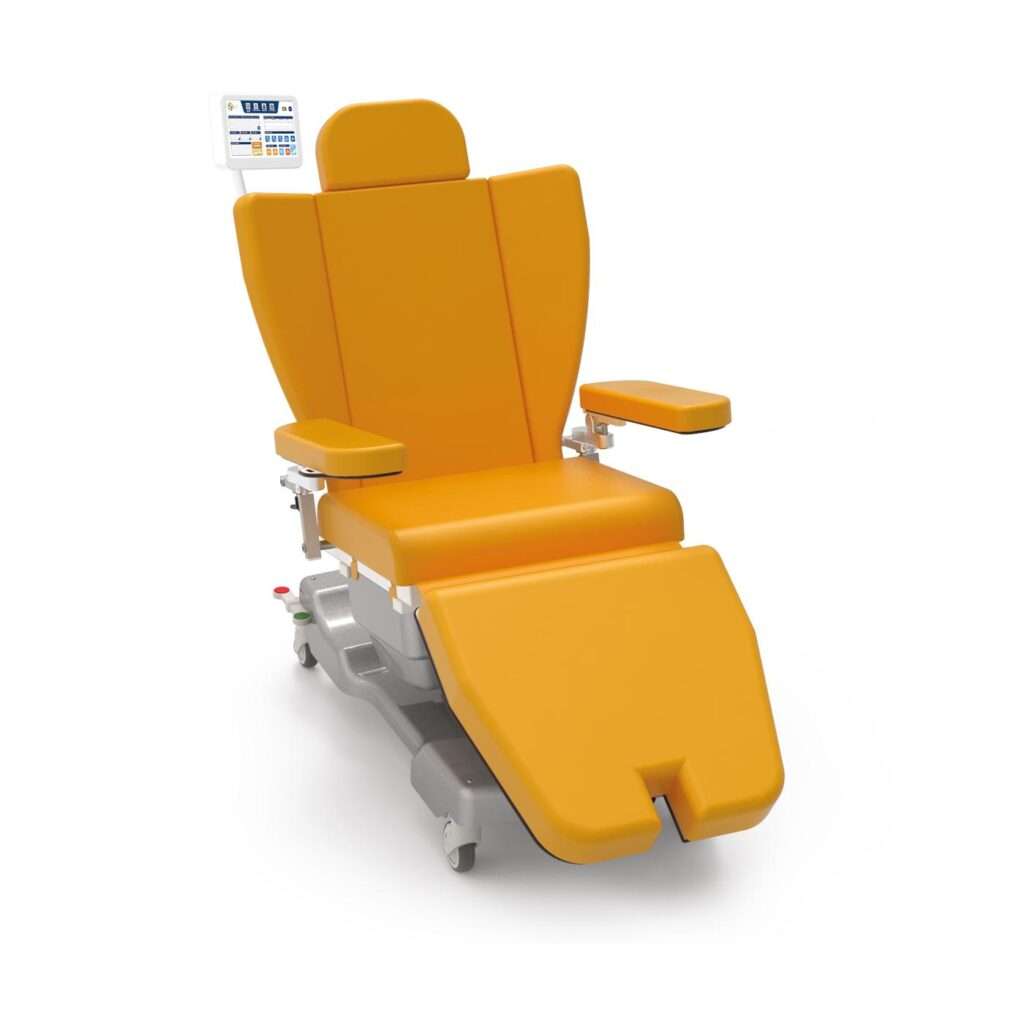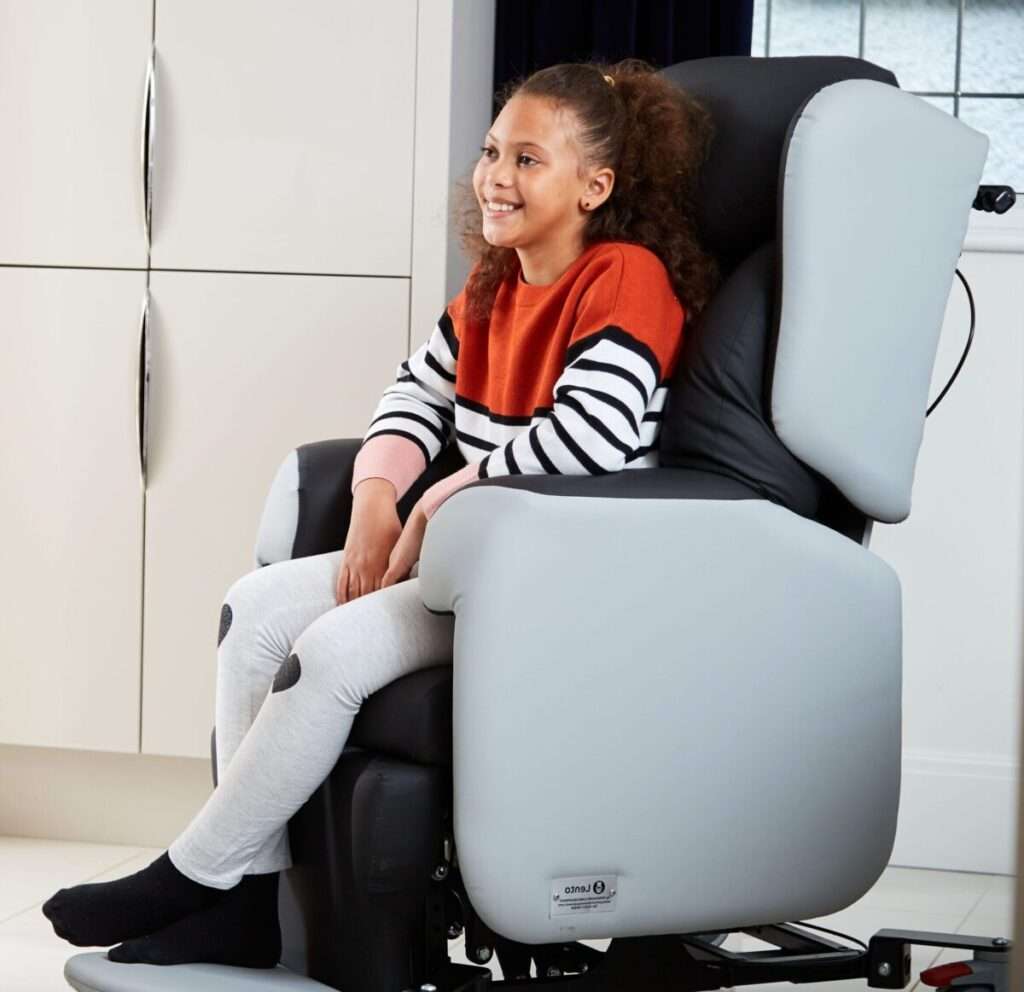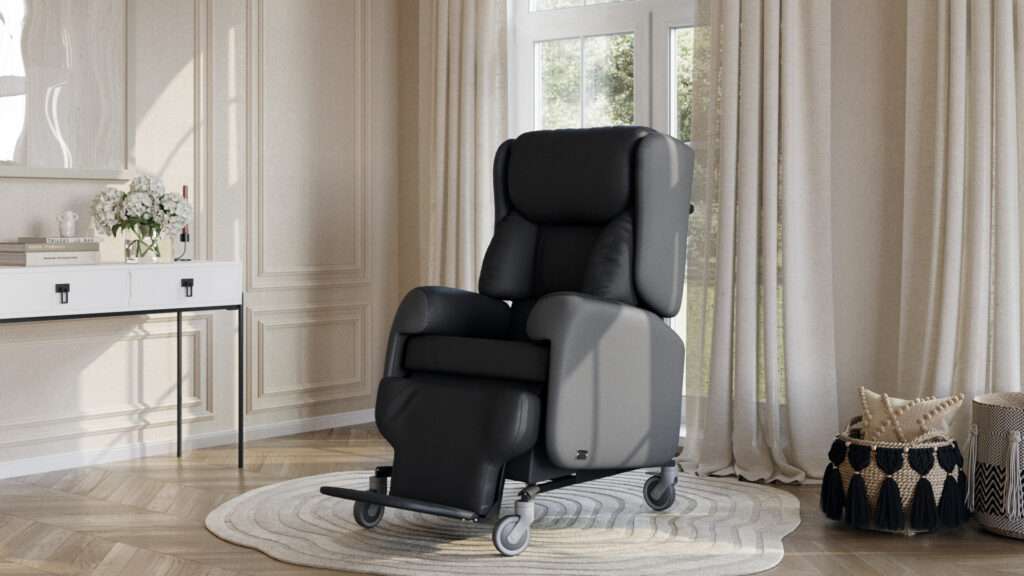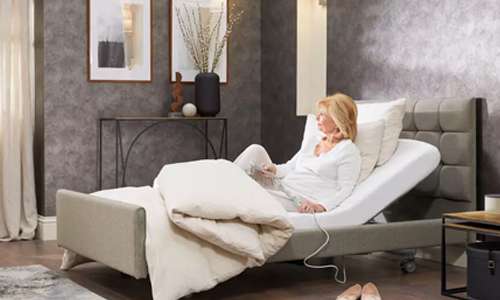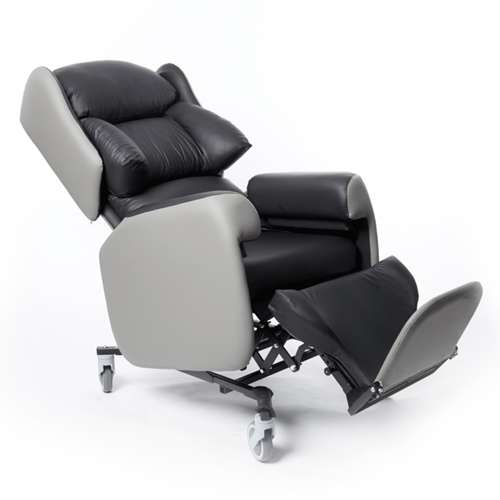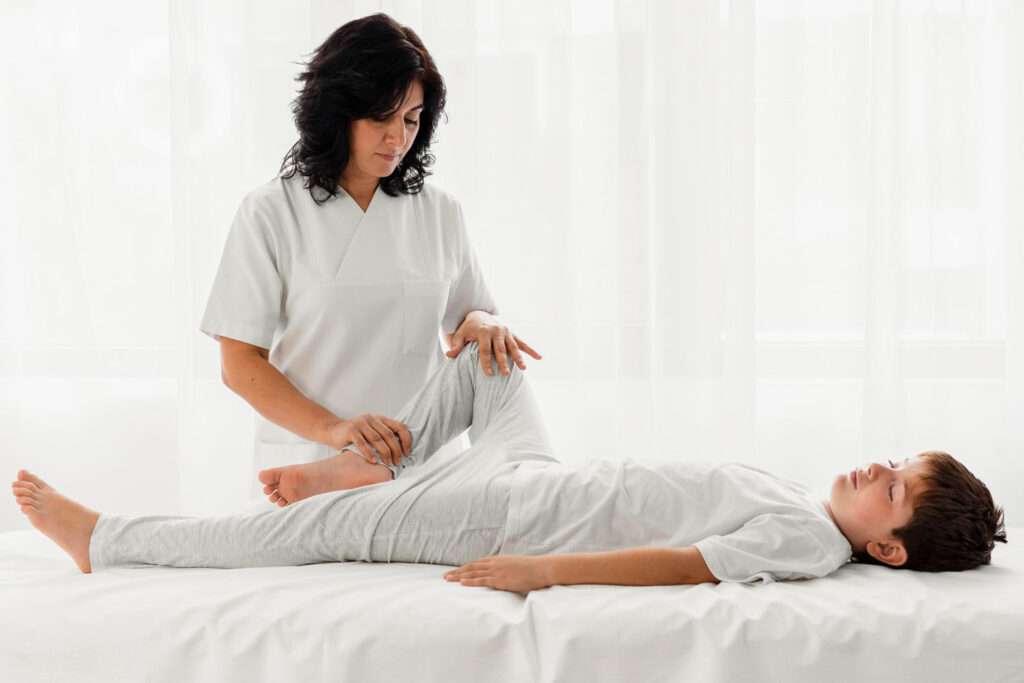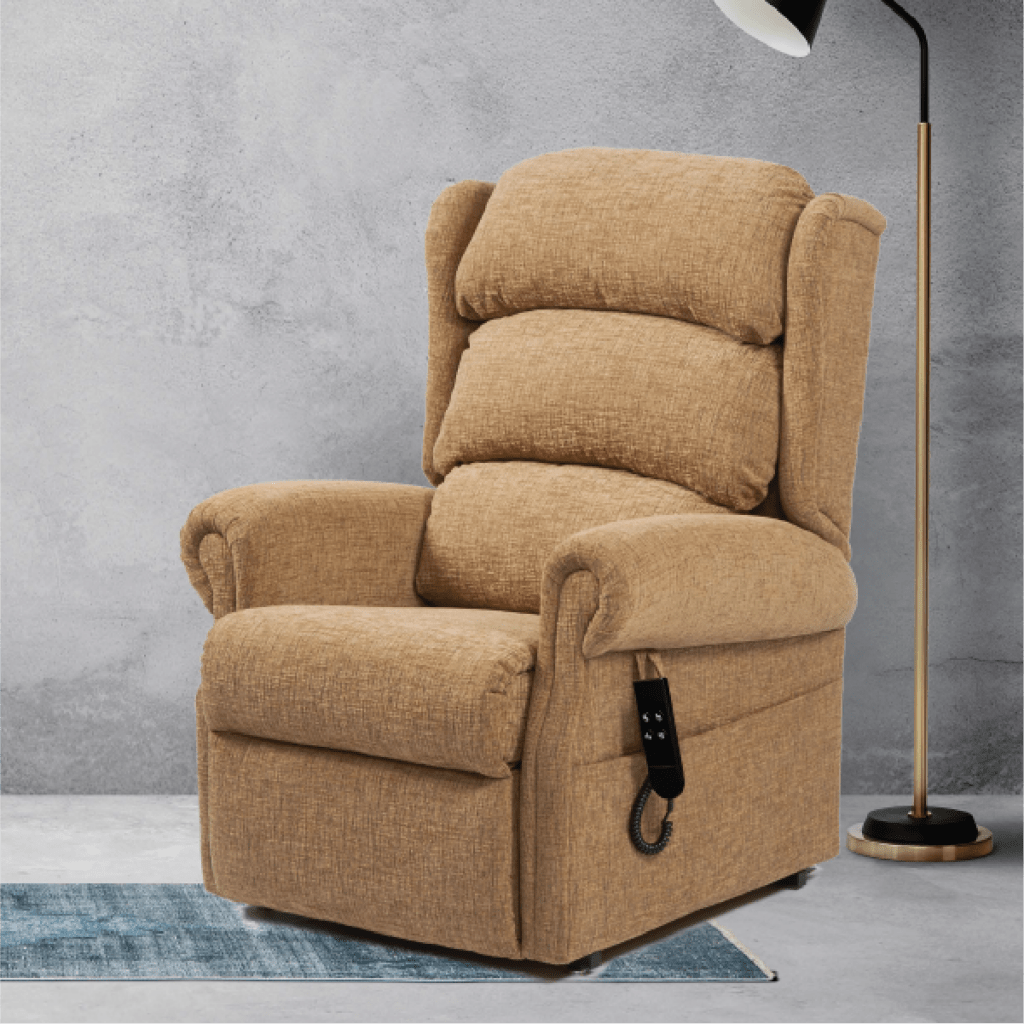Infusion therapy patients often experience a variety of side effects from their treatment, including fatigue, pain, and nausea.
These side effects can make it difficult to sit comfortably for long periods of time. Healthcare seating can provide infusion therapy patients with the support and comfort they need to get through their treatment.
When choosing healthcare seating for infusion therapy patients, there are a few key features to look for:
Adjustability in an Infusion Therapy Chair:
When you are receiving infusion therapy, it is important to be comfortable. This is especially true if you will be receiving treatment for an extended period of time.
Infusion therapy patients may experience changes in their physical condition over time. It is important to choose a chair that is adjustable so that the patient can find a comfortable position.
An adjustable infusion therapy chair can help you to find a comfortable position and reduce discomfort. The chair should be adjustable in height, seat depth, and backrest angle.
A widely widely adjustable infusion therapy chair will allow a patient to find a position that relieves pain and fatigue, and that promotes good posture.
Height Adjustability:
First and foremost, the ability to adjust the height of the chair is crucial. Infusion therapy often involves prolonged periods of sitting, sometimes for several hours.
Patients come in various shapes and sizes, and having the ability to adjust the chair’s height ensures that the patient’s feet can be placed firmly on the ground, promoting proper posture and reducing the risk of discomfort or fatigue.
Moreover, a height adjustable infusion therapy chair enables healthcare professionals to easily access the patient during the treatment and ensures a safe and efficient administration of medication.
Reclining Backrest:
Another essential adjustable feature is the reclining function. Infusion therapy can be a lengthy process, and patients may need to change positions or rest during the treatment.
A chair that offers multiple reclining positions allows patients to find the most comfortable angle for their body, providing relief from potential muscle strain and pressure points. The ability to adjust the backrest and leg rest independently enables patients to find their preferred level of support and relaxation.
This flexibility not only enhances comfort but also promotes better blood circulation, reducing the risk of developing blood clots or swelling.
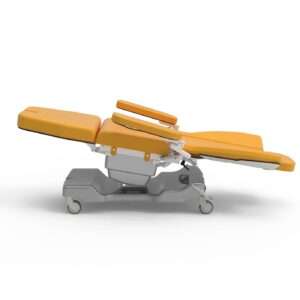
Our widely adjustable infusion therapy chair allows for a range of patient positioning.
Adjustable Armrests:
Additionally, an infusion therapy chair with adjustable armrests is highly beneficial. Patients often require the placement of intravenous lines, which necessitates accessibility to their arms. Adjustable armrests ensure that the patient’s arms are properly positioned, allowing medical professionals to administer treatment without any hindrance.
Furthermore, adjustable armrests enable patients to find a comfortable position for their arms, minimizing the potential discomfort associated with prolonged infusion therapy.
Padding & Comfort:
The chair should be comfortable to sit in for long periods of time. Look for a chair with a cushioned seat and backrest.
The seat should be wide enough to accommodate the patient’s hips and thighs, and the backrest should be high enough to support the patient’s head and neck.
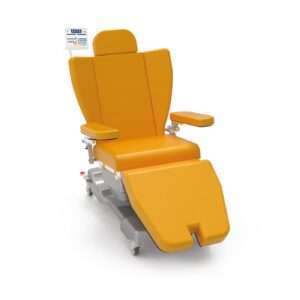
Our medical treatment infusion therapy chair features padded upholstery for increased patient comfort.
Cleaning & Infection Control:
Infusion therapy chairs are used by patients who receive long-term intravenous (IV) therapy. These treatment chairs are often shared by multiple patients, which means they are at risk for contamination with germs. To prevent the spread of infection, it is important to clean and disinfect infusion therapy chairs regularly.
To allow for this, infusion therapy chairs should be designed with easy-to-clean materials and smooth, non-porous surfaces that can be efficiently wiped down and disinfected, reducing the risk of cross-contamination.
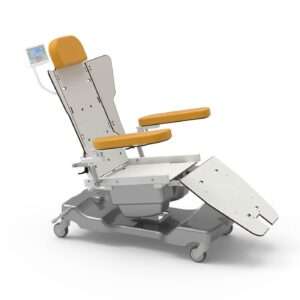
Our infusion therapy chair is designed with removable padded sections for easier cleaning & infection control adherence.
The chair’s design should minimize crevices and seams to prevent dirt and microbes from accumulating. Regular and thorough cleaning routines, following recommended disinfection protocols, are essential to prevent the spread of infections.
Once the chair is clean, it should be disinfected with a disinfectant that is effective against a wide range of germs. The disinfectant should be applied according to the manufacturer’s instructions.
Other Features:
There are a number of other features that may be helpful for infusion therapy patients, such as:
- Armrests: Armrests can provide support for the arms and shoulders.
- Headrest: A headrest can provide support for the head and neck.
- Tilt mechanism: A tilt mechanism can allow the patient to recline the chair, which can help to relieve fatigue and nausea. The tilt mechanism should be adjustable so that the patient can find a comfortable position.
- Weight capacity: It is important to choose a bariatric chair that can support a wide range of patient weights. Our infusion therapy chair is made heavy-duty materials and has a large weight capacity of 200 kg (31 stone).
- Pressure Relief: Pressure relief is important for infusion therapy patients who are at risk of developing pressure sores. Pressure sores are areas of skin that have been damaged due to prolonged pressure. Pressure sores can be painful and can lead to infection. Pressure relief seating is designed to reduce the amount of pressure on the skin, which can help to prevent pressure sores.
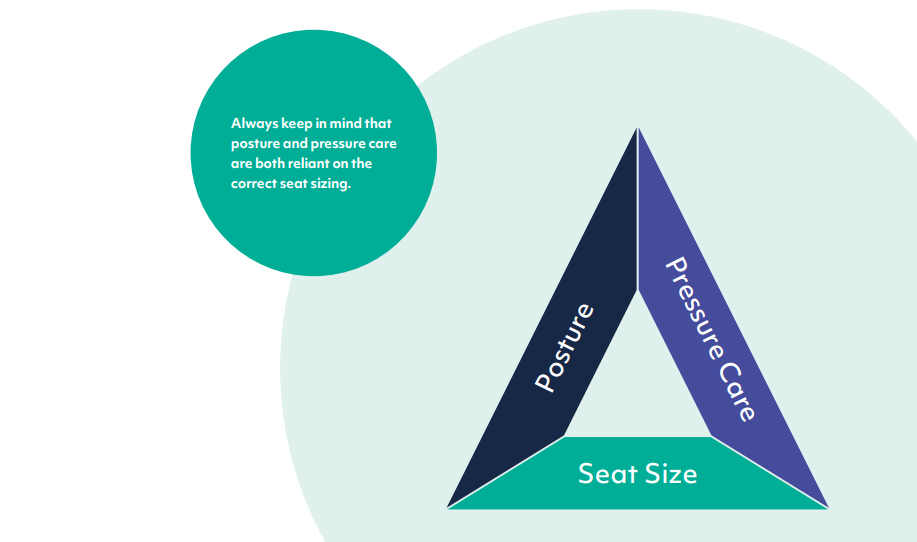
Getting seat sizing correct is hugely important. There is a direct relationship between the seat sizing, patient posture and pressure care.
- A footrest can help to improve circulation and reduce fatigue.
- A built-in lumbar support can help to improve posture and reduce back pain.
- A built-in massage function can help to relieve pain and stress.
- Durability: The chair should be made of durable materials that can withstand the wear and tear of daily use. A strong chair frame with durable durable fabric or leather upholstery for patient comfort.
- Weight capacity: Infusion therapy patients may have lost weight due to their treatment, or they may have gained weight due to medication side effects. It is important to choose a chair that has a weight capacity that is appropriate for the patient’s weight.
- Wheels/Castors: If the patient will be using the chair in a hospital or clinic setting, it is important to choose a chair with wheels. This will make it easier for the patient to move the chair around, and it will also make it easier for caregivers to move the patient from one place to another.
When choosing healthcare seating for infusion therapy patients, it is important to consider the patient’s individual needs and preferences. By choosing a chair that is comfortable, adjustable, and durable, you can help the patient to get through their treatment in comfort.
Summary:
In conclusion, the range of features available in an infusion therapy chair is paramount in providing optimal care and comfort to patients undergoing long infusion treatments.
The ability to adjust the height, reclining positions, armrests, and lumbar support ensures that patients can find their ideal seating position, minimizing discomfort, promoting proper posture, and enhancing blood circulation.
When selecting a healthcare seating solution for infusion therapy, it is crucial to prioritise the availability of these adjustable features to ensure the well-being and satisfaction of patients.
Speak to our team today





